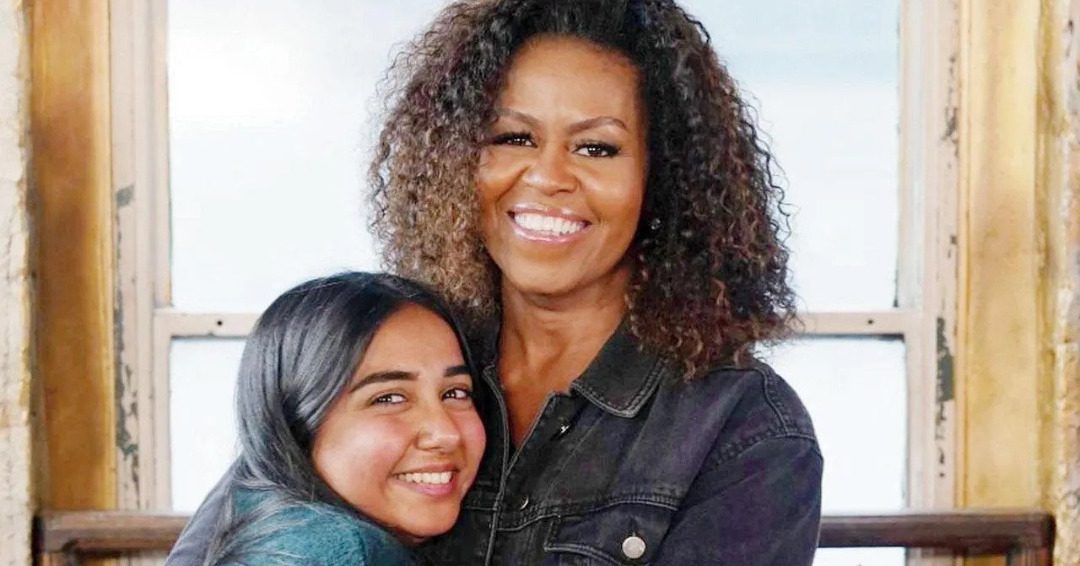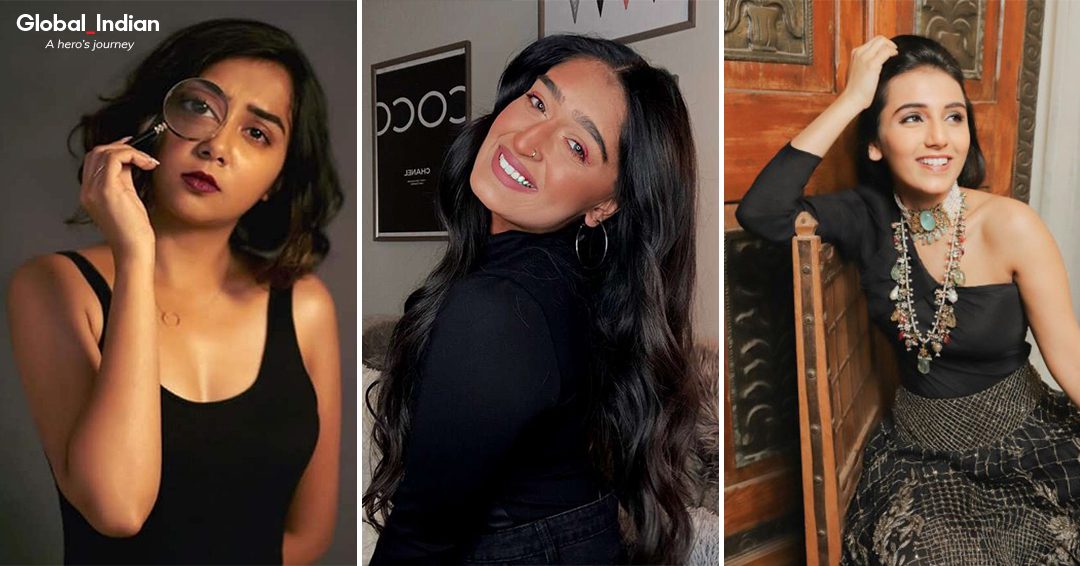(August 28, 2021) “Life is what happens when you are busy making other plans.” John Lennon couldn’t have been more on point, for this perfectly describes YouTuber Prajakta Koli‘s journey. For someone who harbored dreams of becoming a radio jockey throughout her teens, it was failure that taught her important lessons. Her show fell flat and she lost her job; but every failure is a detour to a new opportunity and Koli found hers in YouTube.
It was YouTube that catapulted her to fame. With each video bringing in more followers and money, Koli found her true calling in content creation. But she isn’t just another YouTuber in a crowd of digital content creators. Within a span of six years, the 26-year-old has become a global brand in herself. From being invited to the United Nations to represent India on World Tolerance Day to winning a Daytime Emmy Award for her documentary on girl education to being the only Indian to have been invited by Marvel to collaborate with the cast of Captain Marvel, Koli has become a force to reckon with.
Koli has been an inspiration for millions of millennials who look up to her for making a difference in the world. Here’s the story of this Global Indian who is creating waves with her work.
A failed RJ who became a YouTube sensation
Born to a businessman father and a teacher mother, Koli began her journey in Mumbai. Radio was something that she was hooked to even as a child and it was the life of a radio jockey that a young Koli dreamt of living. So Fever 104 was the perfect career start for this intern who always wanted to be on a radio show. After working behind the scenes for a year, Koli got her first show, but things weren’t as rosy as she had imagined it to be. Though she loved to perform for an audience, Koli found the closed-off environment of the radio station claustrophobic. Her night show, Call Centre, failed to get traction and received a lukewarm response at best. Within few days, she was asked to shut shop and was replaced by another RJ. In no time, her RJ dreams came crashing down, but not without another opportunity hanging by at the next curve.
During her RJ days Koli had uploaded a video with Hrithik Roshan on Instagram which caught the fancy of Sudeep Lahiri of One Digital Entertainment who encouraged her to start a YouTube channel and make her own content. Despite not knowing how to, Koli took a leap of faith and jumped onto the YouTube bandwagon which was catching up with the youth. In 2015, Koli exploded onto the YouTube scene under the name of Mostly Sane with her first video that she shot on her dad’s old camera: in no time she became a favorite with the millennials for her funny, quirky and relatable videos.
Soon the subscribers on her channel started to increase and money began trickling in. It was then that Koli realized the power of social media. A year later, she saw herself perform at her first YouTube Fan Fest and knew that she had found her true calling.
Working for the right cause
At the start of her career in YouTube, Koli understood that her content could influence millions, and picking up causes and initiatives that resonate with her has been an integral part of her journey. From body shaming to mental health, Koli raised awareness on social causes that matter. It’s her content that got her invited to the Obama Foundation town hall meeting in 2017. The very next year this hotshot blogger and influencer joined hands with WhatsApp for a campaign against spreading fake news. She even participated in the #GirlsCount campaign for Org.One, an international non-profit organization, that deals with the importance of girl’s education.
Within four years of her YouTube journey, Koli had become a name to reckon with in the world of digital content creators. Even Forbes couldn’t ignore this girl who was soon featured on their list of 30 Under 30. The same year, she made it to the Outlook‘s list of Women of Worth and found herself winning Cosmopolitan’s YouTuber of the Year award.
View this post on Instagram
With a subscriber base of 2.8 million in 2019, Koli became the first Indian digital creator to partake in the UN General Assembly. Her powerful song No Offence on cyberbullies, misogyny and homophobia was selected by the United Nations for screening at International Tolerance Day.
In a conversation with the Times of India, she said,
“It feels gratifying to spearhead conversations about issues that matter to every other millennial just like me on a global platform like the United Nations. I urge every influencer in the country to shoulder the responsibility of being a facilitator of impact given the turbulent times we currently live in. The internet is a revolution and each of us can use our speech constructively to voice, educate and agitate for change, targeting global crisis.”
A global name
In 2020, Koli found herself in the company of former First Lady Michelle Obama when she was chosen by YouTube and the UN for Creators of Change, which brought together 50 creators from around the world to create content on social issues. Along with Liza Koshy and Thembe Mahlab, Koli traveled to India, Namibia and Vietnam to highlight the work being done globally to help further the cause of girls’ education. The documentary earned Koli her first Daytime Emmy Award and the 26-year-old became a global brand in her own right.
View this post on Instagram
And now this digital creator, who has been an active advocate for women’s empowerment, is set to represent India at Google’s Impact Challenge and will rub shoulders with the likes of Shakira and Naomi Osaka. “Google has always been such a cheerleader for creators like me. This is another such occasion where they have included me in a conversation that affects so many of us. It’s an absolute honor to be in a list that features such powerful global female leaders from around the world. I am very grateful to lend to a cause that advances equity for women and girls around the world and creates pathways to prosperity,” she told IANS.
Koli, who stumbled upon YouTube a handful of years ago, has now become a force to reckon with. If her videos make people laugh, her activism has helped create the right noise around causes that need to be heard. The influencer and blogger is one of those content creators who have become a global brand, thanks to their work.



